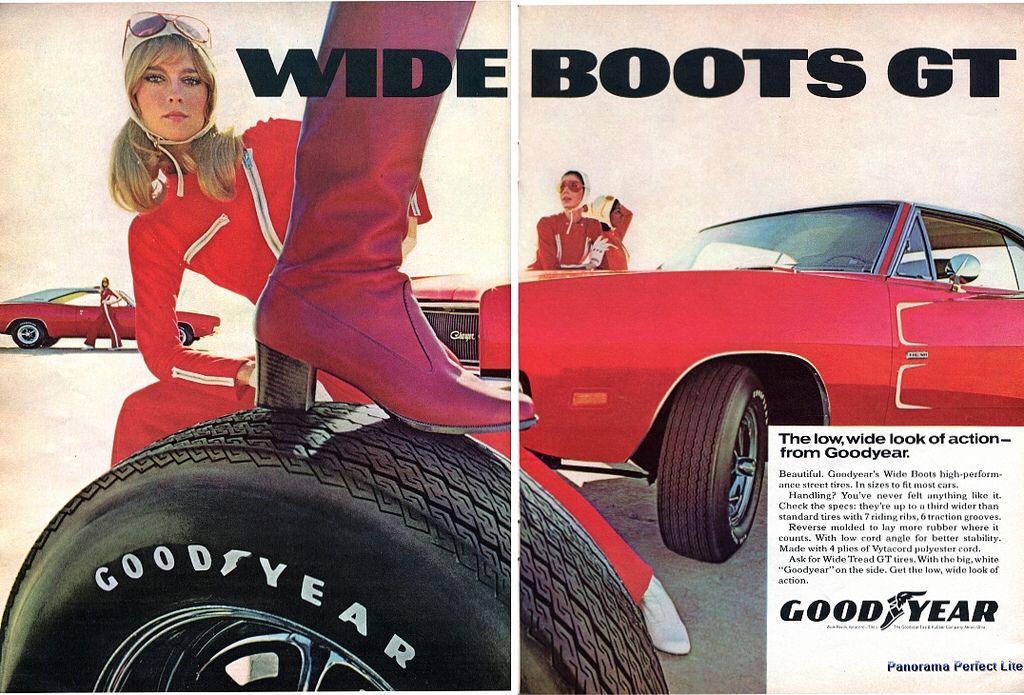The below table provides you the tire widths you can fit compared to the rim width.
e.g. for an 6" rim, tires whose width is 175, 185, 195 or 205 can be fitted.
| Rim width | Minimum tire width | Ideal tire width | Maximum tire width |
|---|---|---|---|
| 5,0 Inches | 155 mm | 165 or 175 mm | 185 mm |
| 5,5 Inches | 165 mm | 175 or 185 mm | 195 mm |
| 6,0 Inches | 175 mm | 185 or 195 mm | 205 mm |
| 6,5 Inches | 185 mm | 195 or 205 mm | 215 mm |
| 7,0 Inches | 195 mm | 205 or 215 mm | 225 mm |
| 7,5 Inches | 205 mm | 215 or 225 mm | 235 mm |
| 8,0 Inches | 215 mm | 225 or 235 mm | 245 mm |
| 8,5 Inches | 225 mm | 235 or 245 mm | 255 mm |
| 9,0 Inches | 235 mm | 245 or 255 mm | 265 mm |
| 9,5 Inches | 245 mm | 255 or 265 mm | 275 mm |
| 10,0 Inches | 255 mm | 265 or 275 mm | 285 mm |
| 10,5 Inches | 265 mm | 275 or 285 mm | 295 mm |
| 11,0 Inches | 275 mm | 285 or 295 mm | 305 mm |
| 11,5 Inches | 285 mm | 295 or 305 mm | 315 mm |
| 12,0 Inches | 295 mm | 305 or 315 mm | 325 mm |
| 12,5 Inches | 305 mm | 315 or 325 mm | 335 mm |
Advice on cars
 T.Q.G.
T.Q.G.
Advice on motorcycles
Advice on quad bikes
Advice on rims
Advice on wheels
Advice on chains
Rim width and tire width are two closely related sizes. Flexible tire sidewalls alow a single tire size to be mounted on a rim of various widths.
Flexible tire sidewalls alow a single tire size to be mounted on a rim of various widths.
Actually, there is an approved rim width range for every tire size, but on the other side, there is a tire width range for every rim size, specifically, rim width.
Note: There are three charts on this page. First chart shows tire widths adequate for a certain rim width and tire aspect ratios. The other two charts are doing the same but in a separate table for each rim width; inside the table data is ordered by tire width or tire aspect ratio.
When replacing a rim or a tire with a wider one you could ask a question in two different ways:
The answer would be: "Rim widths corresponding to the tire size 195/65 R15 are: 5.5, 6.0, 6.5 and 7.0 inches". The information related to other tire sizes can be found in Wheel/Rim Size Calculator or Rim Width Range and Measuring rim for Tire Size chart.
If you want to mount a wider or a narrower tire on the existing rim you could ask the question:
For example, appropriate tire widths for the 6" rim are from 175mm to 225mm. That's answer you can find in the charts below this text.
When replacing OE(original equipment) tire with a wider one, aftermarket tire, the width of rim should be taken into consideration because each rim width corresponds to only a few tire widths.
The charts presented below could help you to make the rational decision about the tire width you need for the given wheel/rim width.
But, please consider that the resulting tire list lacks certain tire sizes, so it should not be treated as complete. When we say tire size in this context(relation between tire width and rim width), we mean only on tire width(i.e., section width) and tire aspect ratio/series, there is no rim diameter. Tires presented in the list should not be all considered suitable for your car, because only a few of them or maybe, only one would satisfy a requirement that their overall diameter should be almost the same as your OE (original equipment) tire diameter. The data presented in the charts is only for the passenger car metric tires.
The data presented in the charts is only for the passenger car metric tires.
NOTICE: These charts do not represent complete or ultimate solution for this particular purpose, they are only a reference.
So, when you find tire sizes, i.e., tire width and series combinations that fit your wheels/rims, use our Tire Size Calculator – Tire Dimensions to compare them with your OE Tire size to ensure that the selected tires circumferences or diameters do not deviate too much from the OE tire circumference or diameter. This is extremely important for many reasons.
The charts, as an addition to our tire4rim calculator, should be used along with our rim4tire calculator, which complement each other. If you choose a tire size in these charts or in the Tire size for rim size calculator, do one more check in the Wheel/Rim size calculator(or in the chart: Rim width range and Measuring rim width for Tire Size) for the selected tire size, to double check if the selected tire size has your rim in the acceptable rim width range.
Find more relevant information below these charts.
Can I mount a smaller tire width than the one presented in the chart as the smallest, for the specific rim width?
Notes: A Tire with higher profile(series) for the same tire width or the same profile for a wider tire width, has a higher tire sidewall, that means more comfortable ride. Wider tires create more traction on the road, resulting in reducing fuel economy.
Disclaimer:
Please note that these charts should be used only as a reference and they should be verified with tire/wheel manufacturers. They are for informative purposes only. The tyresizecalculator.com is not responsible for any errors that may arise with their usage.
In the charts, every tire width and aspect ratio combination, listed below the certain rim width, could be mounted on the rim width, but the question is: which tire width is the best fit to the rim width?
The tire Measuring Rim Width, which stems from the tire size could help. You already have the tire width, the aspect ratio, the rim diameter you want to use, that is, you have the full tire size. if your rim width is closer to the measuring rim of selected tire, it's more likely that the chosen tire would fit your rim.
You already have the tire width, the aspect ratio, the rim diameter you want to use, that is, you have the full tire size. if your rim width is closer to the measuring rim of selected tire, it's more likely that the chosen tire would fit your rim.
Every tire size has its own Measuring Rim (check the Measuring Rim Width for a tire size by clicking the previous link). In other words, the nominal tire size(imprinted on a tire sidewall) becomes the real tire size when fitted on the appropriate Measuring Rim.
For the specific rim size and adequate tire dimensions try out our Tire size for rim size/width calculator which tells you what tire sizes to pick for entered rim size(i.e., rim width).
The charts in this article show what tire width and series combinations fit to the specific wheel/rim width i.e., they show the tire width range for the given rim width. E.g., for the 7" (inch) rim width, following tire widths can be fitted: from 195mm to 255mm.
E.g., for the 7" (inch) rim width, following tire widths can be fitted: from 195mm to 255mm.
In the charts, beside each tire width, there is one more tire dimension: a tire series. The tire series is the ratio between the tire section height(i.e., tire sidewall height) and the tire section width (i.e., tire width). Series = tire sidewall height / tire width.
If two tires have the same tire width, but different series: the first has 50, the second has 30, that means that the second tire has the smaller tire sidewall height(lower profile) in relation to the first, so rims will be closer to the road.
The tire width, the rim width and the tire series are closely related sizes when we talk about the tire to rim fitment. The reason for this is that for almost every tire series there is a different rim width/tire width ratio(specified by the tire associations). The ratio is used for determining the Measuring Rim for the tire. In other words, a lower aspect ratio means that you could use a wider rim for the same nominal tire width.
Actual tire dimensions depend on a rim on which a tire is mounted. The nominal tire size is imprinted on the tire sidewall, but the tire gets its real dimensions(i.e., real tire size) only when mounted on the rim. That's the reason why a Measuring Rim exists for every tire size.
Next important info is that the tire width changes for about 5mm (2/10") for every 0.5" (inches) change in the rim width, in the Approved Rim Width Range for the tire.
Suppose you have the tire size 195/65 R15 on the 6" (inch) rim width (6"x15"). If you changed the rim to 7"x15", according to the previous rule, when you mount the tire 195/65 R15 on that rim, the real tire width would be 195mm + (2 x 5mm) = 205 mm.
The type of rim, that tire is designed for, is also important.
All these things could affect the overall tire diameter(or circumference), which is important to stay in the permissible limit, during the process of tire replacement.
These charts are only for the passenger car metric tires.
The charts are a compilation of data from year books of renowned tire manufacturers, and it might not be in accordance with the newest data, so please, always check the data from these charts with tire manufacturers or tire specialists!
Looking at one chart row, for one rim width, treated as a measuring rim width(MRW), there are various tire widths in columns, designated as aspect ratio(i.e., tire series/profile). In the row, as series rises, the tire width rises also. So, we may say there are the minimum and the maximum tire width for one rim width, but only in the context of the tire series.
If we took only one cell in the row, which contains one tire width, for e.g., the one with the minimum tire width(TW) for observed rim width(RW), could we say that this is the minimum tire width that can be mounted on the rim width? No. The cell contains the real tire width for the rim width, the one which is equal to the nominal tire width/size(imprinted on the tire sidewall), the one we get when the tire with that nominal tire width is mounted on the rim with the rim width.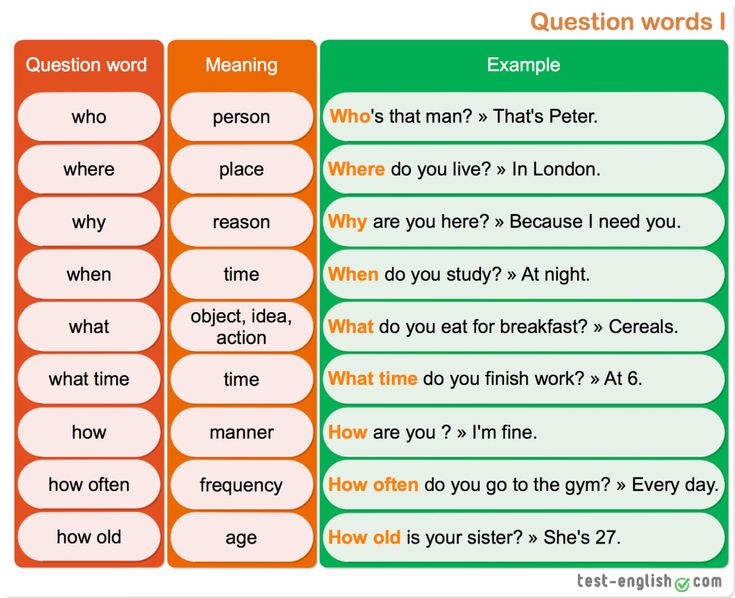
This doesn't mean we can't mount a smaller tire width than the one showed in the chart as the smallest for the same rim width. How so? For e.g., the row with 9" rim width lists as the smallest tire width, 255mm for AR: 25,30,35 and 40. Is it possible to mount smaller tire width than 255 on that rim? Yes.
In our Wheel/Rim Size Calculator-Shows acceptable rim width range for the tyre size, enter tire size 245/40 R 18, you'll get approved rim width range(ARWR): 8" – 9.5" and measuring rim width of 8.5", which means you can mount that tire size(with 245mm tire width) on 9" wide rim, because it's in the ARWR for that tire size. But, measuring rim width(MRW) for that tire size is 8.5", and we were talking about mounting the tire on the rim width of 9".
A tire gets its final size after being mounted on a rim. Every rim width increase of 0.5" as a result has tire width increase of 5mm or 2/10", when the tire is mounted.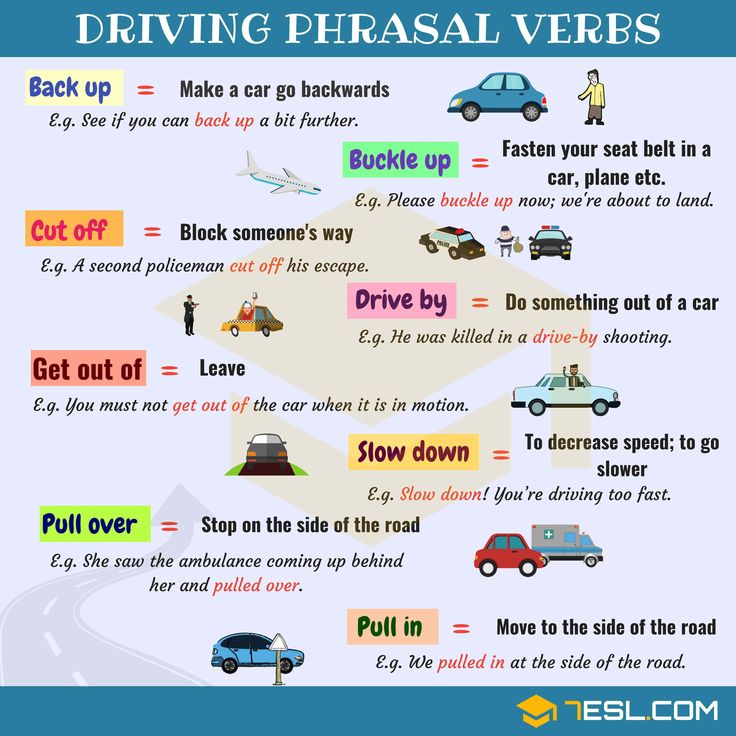 Every tire size has a measuring rim width and an approved rim width range.
Every tire size has a measuring rim width and an approved rim width range.
Hence, when we mount the nominal tire size(imprinted on the tire sidewall) 245/40 R 18, which has MRW equal to 8.5", on the rim width of 9", the real tire size, specifically, real tire width would be 250mm, not 245mm, because the rim on which the tire is mounted is 0.5" greater than the tire MRW.
Related articles:
Very often one hears phrases like: “What wheel radius do you have, fifteenth?” Or “I have a radius of 16, but I’ll put the seventeenth for the winter so that the car is taller” ... Such words can be heard both from the lips of people who are far from cars, and from “as it were professionals”, such as tire workers or sales managers in a car dealership .
Some things sound boring and hard to remember, but you need to know them. Especially for car enthusiasts. Especially those who consider themselves experts and have their own opinion on any occasion. The devil is in the details, and this article is about one such detail.
A lot of people don't even understand what I'm getting at. “Well, radius, so what? I have wheels 195-65R15, radius 15, everything is written, what are you trying to be smart about ?! Here's what I'm thinking. R15 has nothing to do with radius. Neither R nor 15.
Now on the Internet you can find a lot of information, only such trifles as the marking of car tires are not among the most popular. We better discuss engine power or the number of "buns" in the cabin, right? And we will leave the choice of wheels to the manager in the store. Or ask a friend. He definitely knows! He already has a third car!
Or ask a friend. He definitely knows! He already has a third car!
In fact, it won’t hurt to understand these boring numbers even just for general development. Moreover, this will help save money and influence the behavior of the car, but more on that later. So far - pure educational program, so that later you can understand each other well.
So, 195/65R15. Classic case. Squat down next to your car. The first number is the width of the running part of the tire, roughly speaking, the width of the tread. Expressed in millimeters. That is 195 mm. is the width of your wheel. With the understanding of this number, most of the problems are not.
Through a fraction, 65 is the value of the profile. Expressed as a percentage of the width. Not in millimeters! The profile is the part of the tire that sticks out above the rim. Sidewall. That is, the height of this sidewall will be 195x65% = 125.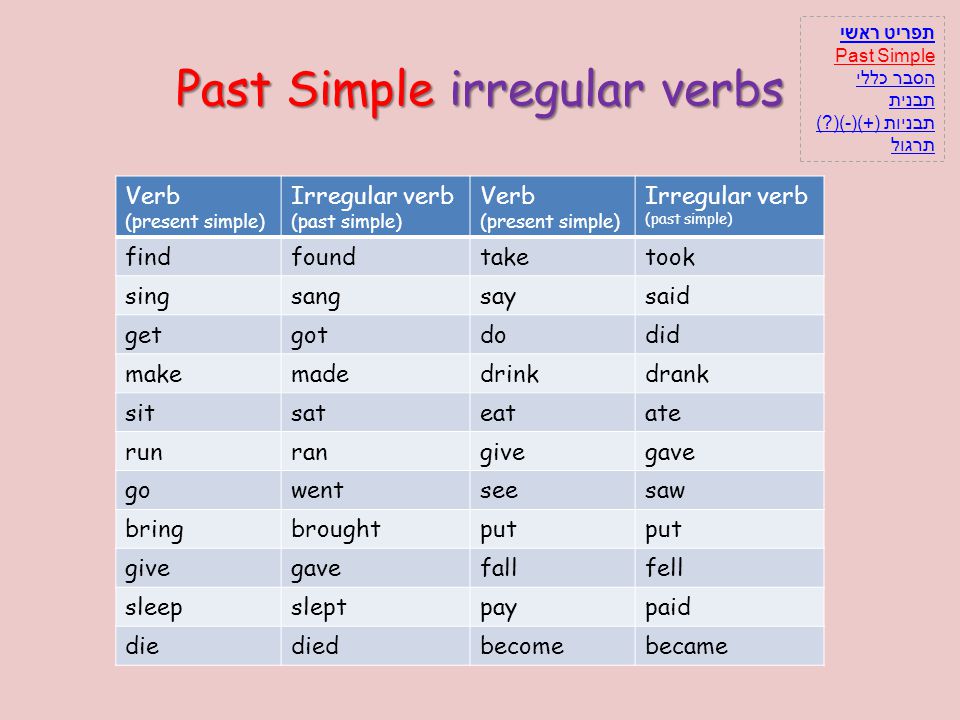 75 mm. Not 65mm. And not something else. Moreover, it clearly follows from this scheme that the height of 65% with a width of 195 will be one, and if the tire is marked (conditionally) 225/65R15, it will be completely different! 225x65% = 146.25 mm. Although the numbers 65 are the same!
75 mm. Not 65mm. And not something else. Moreover, it clearly follows from this scheme that the height of 65% with a width of 195 will be one, and if the tire is marked (conditionally) 225/65R15, it will be completely different! 225x65% = 146.25 mm. Although the numbers 65 are the same!
R stands for the radial construction of the tire, or rather, the way the metal cord is laid inside it. The tire design used to be bias-ply, but that was a long time ago. Now you almost never see “diagonal” tires, they are all completely radial, and the letter R will not tell anyone anything new, it will only cause disputes about the notorious radius ...
And finally, the number 15. This is the diameter. The diameter of the landing part of the tire, the inner diameter, the part that is in contact with the disc. Expressed in inches. 1 inch \u003d 2.54 cm. That is, 15x2.54 \u003d 38.1 cm This is also the outer diameter of the disk, if someone has not guessed . ..
..
And then the fun begins. We can play with these numbers if we want to put other tires (rims) on the car. Ideally, the main thing is that the overall diameter does not differ, or differs slightly. Example.
The wheel 195 / 65R15 has the following overall diameter: 38.1 cm - inside, plus 125.75 mm x2 \u003d 251.5 mm (there is a profile both above and below). Converting to centimeters for simplicity, we get 38.1 cm + 25.15 cm = 63.25 cm. That's how! This is the total wheel diameter.
Now, if you want to put other wheels on, the owner of the car must understand the following: automakers understand this figure in the same way as we do. Given the diameter of the wheel, the suspension, brake system and body are designed. Therefore, for the same car model (for example, for the Volkswagen Polo sedan), three wheel sizes are officially allowed. The simplest version is content with 175/70R14 (overall diameter 60.06 cm), 185/60R15 (60.3 cm) and 195/55R15 (59.55 cm).
The simplest version is content with 175/70R14 (overall diameter 60.06 cm), 185/60R15 (60.3 cm) and 195/55R15 (59.55 cm).
It turns out that the “wheel by 14” is MORE, albeit slightly, than the wheel by 15 in the case of 195/55. This is to the question raised above, about how to put more wheels for the winter ... You need to carefully calculate everything. Will a larger diameter number also mean a larger wheel size overall? Not always.
By increasing the size of the disk, we must reduce the height of the profile, otherwise the wheel will simply start to cling to the arch, not to mention such more fundamental qualities as handling. Of course, the margin often remains and it happens that by “playing” with the tire width and profile height, you can really get a couple of millimeters of clearance without sacrificing anything else.
A simple calculation will show that within the same diameter - 14 - 175-70 and 185-65 and 205-60 are applicable, if there is a desire and an opportunity to put wider tires . .. A car on wheels with a lower profile height will be controlled sharper and more accurately, but will inevitably suffer smooth running. And the safety of the discs may be in question, especially when they fall into a deep hole with sharp edges. A low profile will simply not be able to "absorb" the impact energy and it will go further - into the disk. Always keep this in mind when buying wheels and don't forget the simple truths.
.. A car on wheels with a lower profile height will be controlled sharper and more accurately, but will inevitably suffer smooth running. And the safety of the discs may be in question, especially when they fall into a deep hole with sharp edges. A low profile will simply not be able to "absorb" the impact energy and it will go further - into the disk. Always keep this in mind when buying wheels and don't forget the simple truths.
This article was written as part of the 2015 Authors Competition.
Read the best works here.
Authors competition practice
Articles / Financial questions Fake policies and fraudulent websites: how a motorist can protect himself when buying insurance According to Renaissance Insurance, cases of sale of fake hull and OSAGO policies have become more frequent. About 4% of the policies sold are fake. According to TASS, the share of losses in auto insurance... 76 0 0 12/14/2022
About 4% of the policies sold are fake. According to TASS, the share of losses in auto insurance... 76 0 0 12/14/2022
Articles / Auto and technology At the edge of Europe: from the far north through Ufa to the south of Russia Our wanderers - Alexey Zhirukhin and Sergey Lysenko - reached the extreme eastern point of the cities of Europe, and then drove into the warm merchant city of Russia. Today in the story - Ufa and Samara. 314 0 3 13.12.2022
Articles / Popular questions How to re-register a car with an electronic title We have already talked about what an electronic PTS is, how it works and what are its advantages and disadvantages.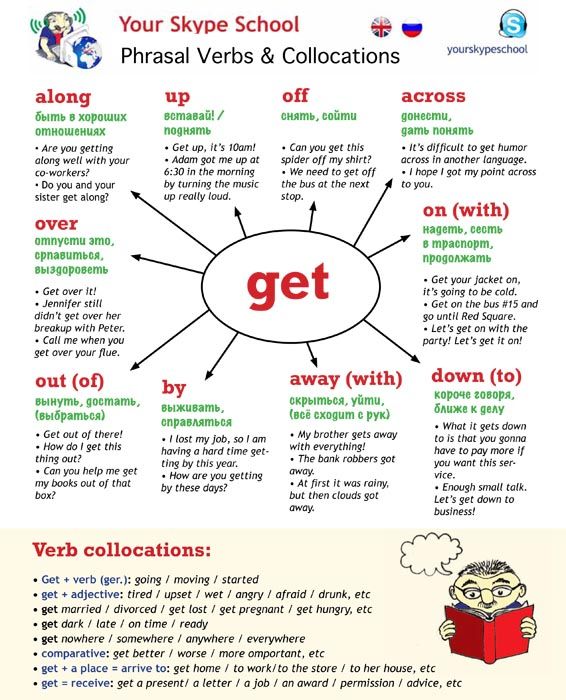 Today, let's figure out how to check the EPTS and how to re-register a car with such a ... 589 0 one 12.12.2022
Today, let's figure out how to check the EPTS and how to re-register a car with such a ... 589 0 one 12.12.2022
Test drives / Test drive Haval Dargo vs Mitsubishi Outlander: the dog is barking, the stranger is coming In the Haval dealership in the south of Moscow, life is in full swing: buyers look at cars, communicate with managers and sign some papers. While I was waiting for the test Dargo, the same cross... 19051 7 205 13.09.2022
Test drives / Test drive Motor from Mercedes, emblem from Renault, assembly from Dacia: test drive of the European Logan 1. 0 It would seem that what's new can be told about the second generation Renault Logan, known to every Russian taxi driver, as they say, up and down? However, this car has... 15018 ten 41 08/13/2022
0 It would seem that what's new can be told about the second generation Renault Logan, known to every Russian taxi driver, as they say, up and down? However, this car has... 15018 ten 41 08/13/2022
Test drives / Test drive Geely Coolray vs Haval Jolion: Free Cheese? If! Do you want to buy a car today with a full warranty, on credit at an adequate rate, without wild dealer markups? Now this is still a task, because a full-fledged chain of "representation - s... 12436 26 thirty 08/10/2022
Home \ Useful \ Tire sizes.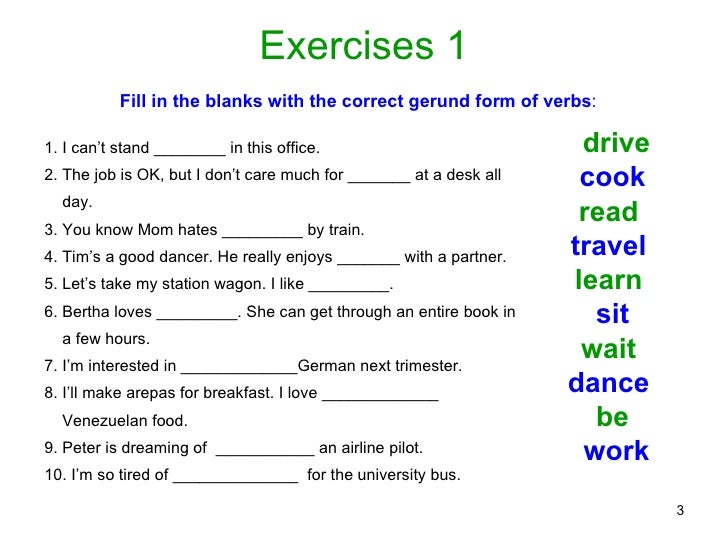 Selection advice.
Selection advice.
Tire size is its main parameter.
For example, the inscription on the tire “205/55 R16”, means:
205 - tire width in mm
55 - profile height as a percentage of the width (i.e. 205x55% = 112.8 mm)
R - radial tire technology ( common misconception that this is the radius)
16 - tire diameter in inches (16x25.4 = 406.4 mm)
Usually the car manufacturer gives recommendations on the choice of tires. There can be several recommended tire sizes, each of which is guaranteed to fit the car without significant loss of handling, ride, speedometer readings and durability of the chassis elements.
For example, for a Hyundai ix 35 car, the manufacturer recommends the following tire sizes:
215/70 R16
215/60 R17
225/60 R170011
Accordingly, for R16, R17 and R18 - you need the appropriate disks, but this is a separate article.
We will conditionally accept that “215/70 R16” is the base tire size, and we will make a table of characteristics of all other tire sizes relative to the base:
Outer diam.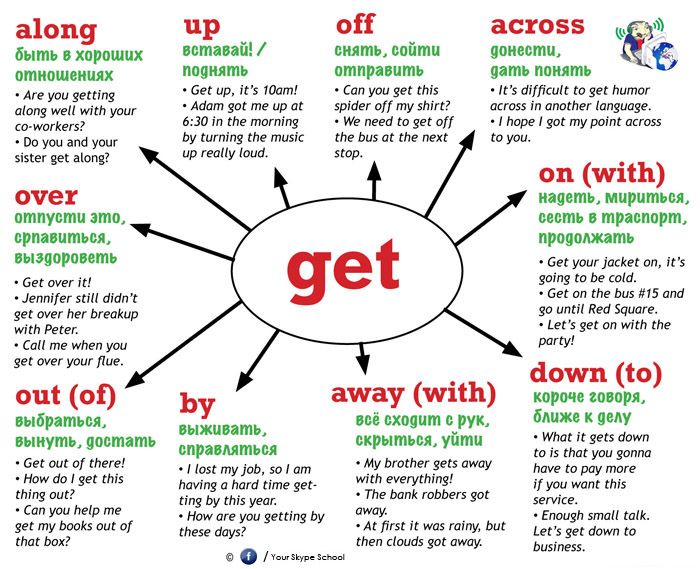 , mm , mm | Profile height, mm | Change in ground clearance, mm | Speedometer readings, % | |
| 215/70 R16 | 708 | 151 | 0 | 0 |
| 215/60 R17 | 690 | 129 | -9 | +2.5 |
| 225/60 R17 | 702 | 135 | -3 | +0.8 |
| 235/55 R17 | 690 | 129 | -9 | +2.5 |
| 225/55 R18 | 705 | 124 | -2 | +0.4 |
| 235/50 R18 | 693 | 118 | -8 | +2.1 |
It can also be seen that a change in ground clearance by 10 mm, and a speedometer reading of 2.5% is within the normal range, and there is nothing wrong with that.
Please note that the profile height is indicated for new tires with a tread height of 8mm, and as the tread wears out, its diameter will decrease by 1-2%.
What if I supply tires that are not on the manufacturer's recommended list?
It is quite possible if you make a choice sensibly!
Below is an example of replacing stock tires “195/60 R15” with “185/65 R15”. The table shows that with such a replacement, the width will decrease by 10 mm, and the height of the profile will increase by 3 mm. It is unlikely that anyone will feel such minimal changes in the behavior of the car.
| Outer diam., mm | Profile height, mm | Change in ground clearance, mm | Speedometer readings, % | |
| 195/60 R15 | 615 | 117 | 0 | 0 |
| 185/65 R15 | 621 | 120 | -3 | +1 |
Changing the tire width ±10mm, outer diameter from -10mm to +7mm does not lead to any negative consequences.
Changing the height of the tire profile.
With profile height reduction , the handling of the car is noticeably improved, the reactions to the steering wheel become quick and clear. But at the same time, comfort worsens, the car becomes stiffer. These tires are suitable for drivers who prefer a sporty driving style.
And vice versa, with increasing the height of the profile, the reactions to control are more sluggish, slowed down, but the level of comfort is noticeably higher, shocks and vibrations are less transmitted to the body. The car gently overcomes road bumps. These tires are suitable for lovers of a relaxed driving style.
In general, you can reduce the tire profile to any extent, but if you want to “feel” every bump. There are restrictions in the direction of increasing the outer diameter of tires. Usually, without any difficulties, you can install tires, increasing the radius by 7-10 mm for cars, and by 10-20 mm for SUVs.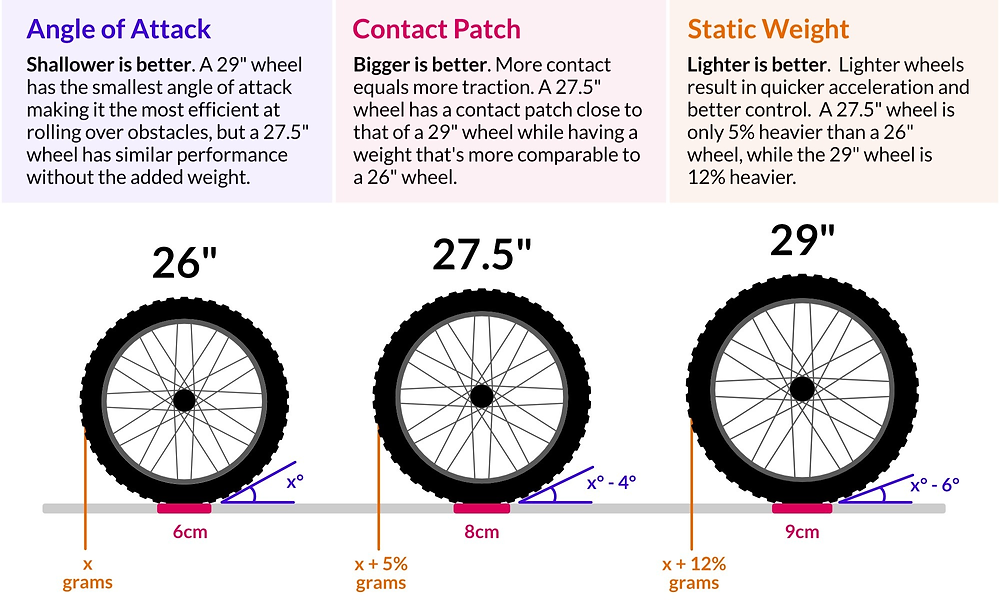 With a larger increase, the tire may catch some elements of the chassis or body when driving.
With a larger increase, the tire may catch some elements of the chassis or body when driving.
Popular and rare tire sizes.
I will give an example from life.
Standard tire size for Chevrolet Lacetti is 195/55 R15. It is not clear what the engineers were thinking when developing this budget car and choosing tires of this size ...
Below is a table with similar sizes and prices. Prices are for the same brand and model of tires in the same store for comparison purposes only.
| Outer diam., mm | Profile height, mm | Clearance change, mm | Speedometer readings, % | Price, rub | |
| 195/55 R15 | 595 | 107 | 0 | 0 | 4170 |
| 185/60 R15 | 603 | 111 | +4 | -1.3 | 3610 |
| 195/60 R15 | 615 | 117 | +10 | -3. 4 4 | 3730 |
| 185/65 R15 | 621 | 120 | +13 | -4.4 | 3020 |
I know from personal experience that 185/65 R15 (the largest of the list) on the Lacetti does not hurt either front or rear, under any load, at any steering wheel turns and on any bumps.
Rumor has it that there are special individuals who install 195 / 65R15 and even 205 / 65R15 on the Lacetti, but in this case they are already complaining about the grinding in corners, and naturally there is not enough engine thrust. the gear ratio has changed a lot from the regular one. Why they do it, I personally do not know.
Why is the price of similar sizes so different? All due to the fact that there are popular sizes that are produced in large quantities. The larger the volume of production, the lower the price. And there are rare sizes for which demand is low, they are produced in small batches, and the price for them is higher than for popular sizes.
Accordingly, following the example of the Lacetti, I can say that by installing 185 / 60R15 you can save a little at all without compromising handling, ride and acceleration dynamics. And if there is very little money, then it is quite possible to install 185 / 65R15 without serious consequences.
It is impossible to give examples for all cars, but sometimes there are options for switching to non-standard tire sizes that can be saved.
Not available in regular size tires
Another example. Hyundai Grand Starex h2 car, standard tire size - 215/65 R17, it is written on the plate of the door arch. The size is so rare that it is rather problematic to find it even in Moscow. What can we say about the regions. It's good that it can be replaced with 225/60 R17 or 225/65 R17. Accordingly, you can either underestimate by 5 mm, or raise by 6 mm. It seems to me that for a car of this class, it would be more preferable to raise and increase comfort.
Replacement size comparison table for Grand Starex:
| Outer diam., mm | Profile height, mm | Change in ground clearance, mm | Speedometer readings, % | |
| 215/65 R17 | 712 | 140 | 0 | 0 |
| 225/60 R17 | 702 | 135 | -5 | +1.4 |
| 225/65 R17 | 724 | 146 | +6 | -1.7 |
Total
So, in what cases it is possible to install tires not recommended by the manufacturer.
